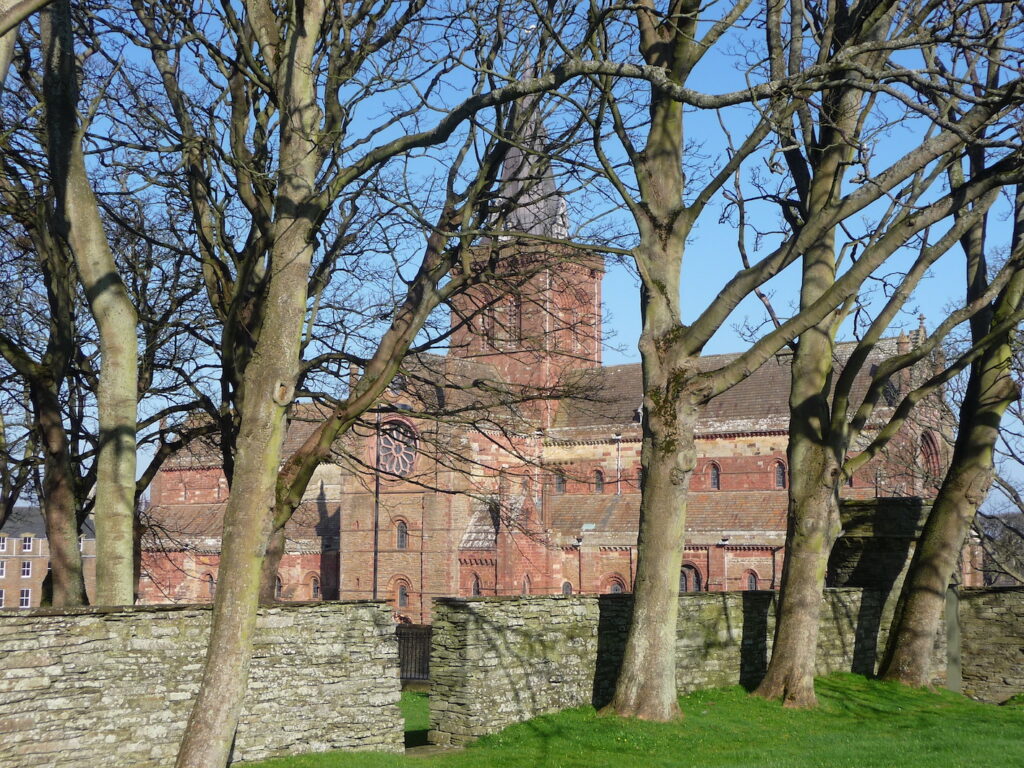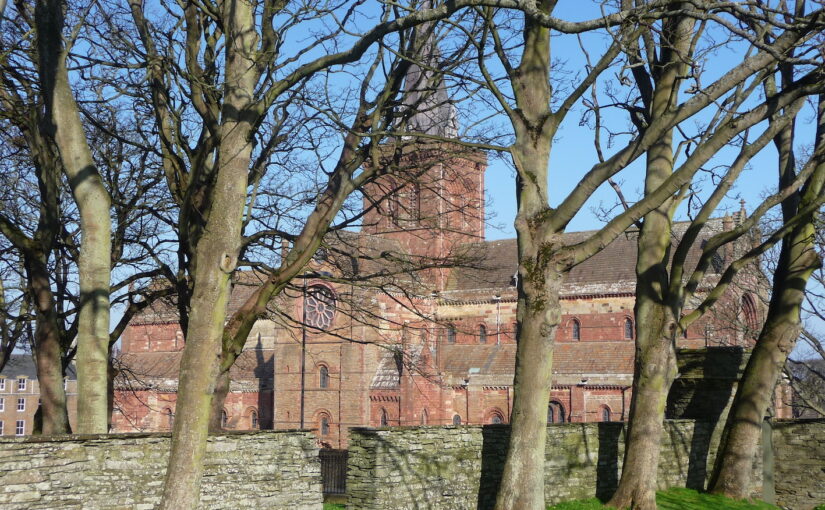I’ve been enjoying some time with others, exploring the archaeological sites of Orkney. I always appreciate the variety of monuments here. There are sites relating to all the major periods of prehistory and history and it is a great opportunity to discuss not only the developing course of human society and lifestyles through time, but also the ways in which archaeologists untangle and analyse data. There are locations that lend themselves to a discussion of the traditional world of archaeology into which I was educated, and sites where it is possible to think about the myriad of forensic applications that can now be used to add a wealth of data to the pot. Archaeological interpretations have become so intimate and detailed that I sometimes think there is little privacy left for those who once inhabited an area once an archaeological research team has set their sights on it.

Of course, that is not the case. We rarely have personal names or recognisable families, and there are still many gaps in the evidence for which we need to use ‘plausible imagination’ when conjuring up our narratives about past communities. My experience over the past week or so has highlighted one of these gaps, in particular, for me.
We were not a big group, but I was surprised just how tired we all got – a condition that seemed to be made worse by our lack of recent familiarity with the level of social interaction in which we were indulging. It made me think about the invisibility of conversation and banter and their role as vital parts of our social lives. I draw my own sense of being, and, indeed, much of my self-confidence, from the interaction I have with others. Yet they are almost impossible to track archaeologically. We can infer information from elements such as room size, but we never know precisely how space is used. Nor do we tend to have the sort of detail that indicates social conventions such as hierarchies of communication. I learnt my Spanish in a family setting in Chile where children still spoke to adults with deference using formal verb constructions. It has left me feeling very uncomfortable when introduced to the parents of friends in Spain for whom my use of a formal construct would leave them with the impression that I wished to consider them more as a bank manager. The sort of grease by which a society operates smoothly often leaves little archaeological trace. Yet it is as important a part of the well-being of the community as the presence of a functional hearth.
In Orkney we are privileged because we do have one glimpse into the social conventions of the past. The Orkneyinga Saga was compiled towards the end of the twelfth century from pre-existing oral histories with the aim of presenting a popular narrative history of the Norse Earls of Orkney and Shetland. It is undoubtedly idealistic, stereotypical, and often fictional. But it provides a lively and colourful account of individuals, the ways in which they interacted, and the things that they considered important. There are family relations that bring to mind the writings of Austen or the Brontës. There is fashion, conspiracy, travel, poetry, drinking and, above all, life (well – quite a lot of death actually). Now, Orkney has a fantastic repertoire of archaeological remains relating to the period. Without the Saga few would complain that our interpretation lacked detail. But with it we can move onto a different plane. The cathedral of St Magnus built by Earl Rognvald is magnificent, but when you enter it and think of the Earl who worshipped there, who most certainly saw the building as a reflection of his own importance, and yet was not above heading out with peasant fishermen to assist with the catch – well then you experience the site in a totally different way.
As someone who specialises in the archaeology of some of the earliest communities in Scotland this sort of detail is, realistically, beyond my professional grasp. But occasionally, it does not hurt to be reminded of it.

You must be logged in to post a comment.